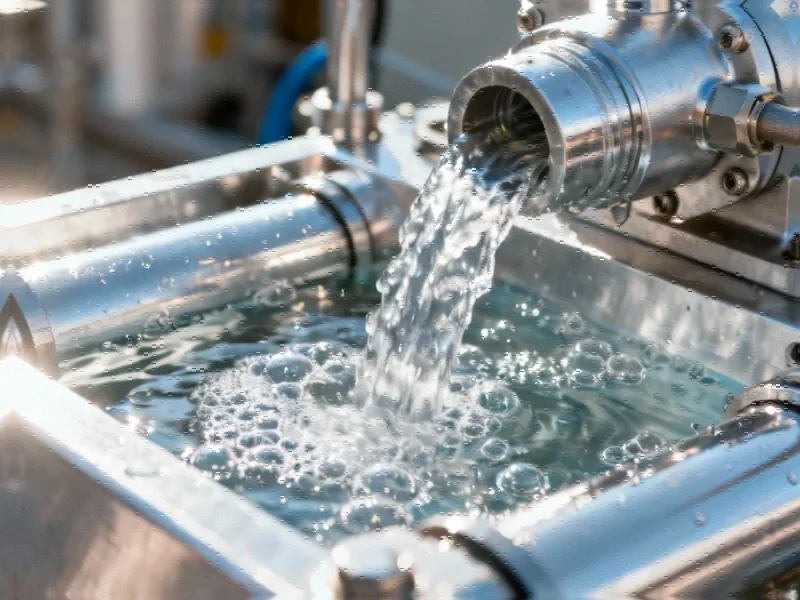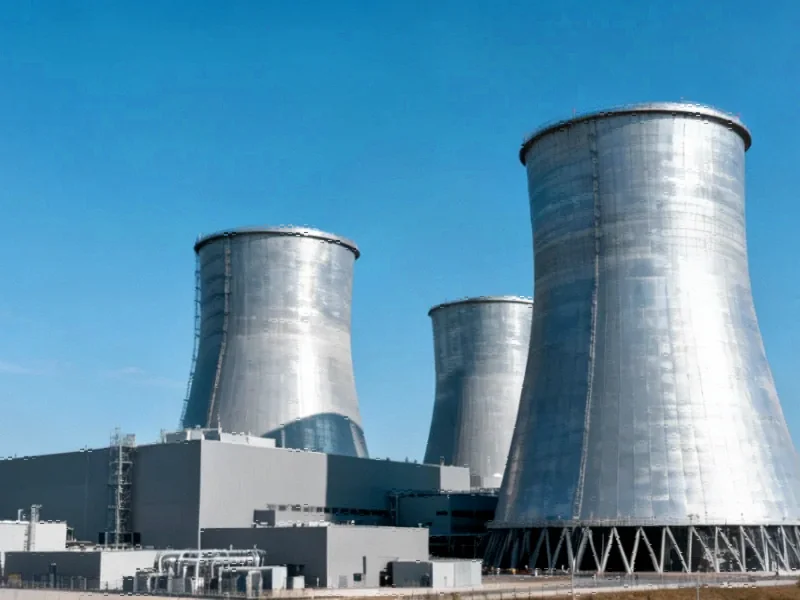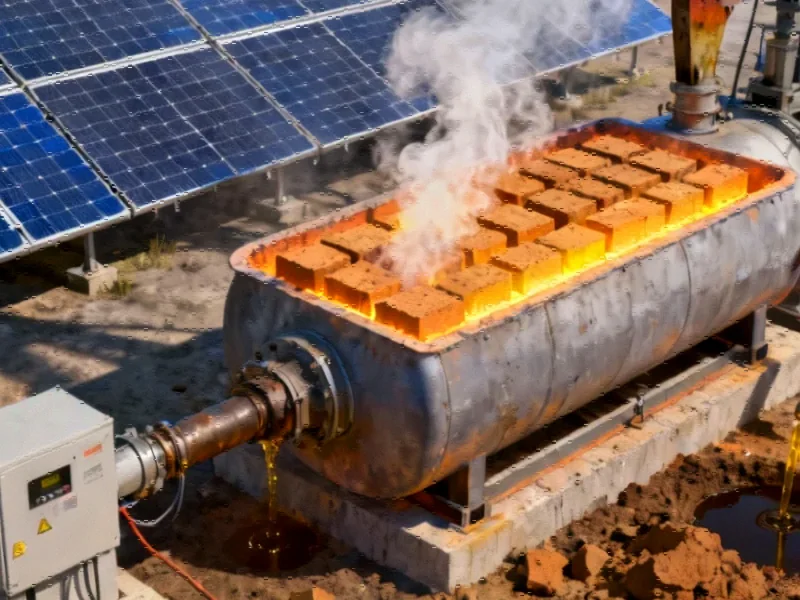TITLE: Green Hydrogen Breakthrough and Rivian’s Pivotal Moment Signal Major Industrial Shifts
Nanoporous Coating Technology Slashes Green Hydrogen Production Costs
Dutch technology startup VSParticle has developed a revolutionary nanoporous coating that could dramatically reduce the cost of green hydrogen production. The breakthrough addresses one of the biggest obstacles in clean hydrogen manufacturing: the reliance on iridium, an extremely expensive and scarce element costing approximately $1,600 per troy ounce.
Current Proton Exchange Membrane (PEM) electrolyzers require between 1-2 milligrams of iridium to split water molecules into hydrogen and oxygen. VSParticle’s innovation reduces this requirement to just 0.1 milligram, potentially cutting hydrogen production costs to as low as $2.30 per kilogram. This brings green hydrogen pricing in line with industrial hydrogen produced from natural gas, which costs $1.50-$2.50 per kilogram but generates significant carbon emissions.
CEO Aaike van Vugt told Forbes that this technology could enable a fundamental transformation of the $5 trillion global chemical industry. “We can’t keep on using fossil fuels as feedstock or burning them to heat up and accelerate reactions,” he emphasized. “In the next decades, we need to rebuild the chemical industry using green electrons to drive chemical reactions.”
The technology is currently being tested by fuel cell manufacturer Plug Power and could see commercial deployment as early as 2027. This development represents one of several significant automation breakthroughs emerging in sustainable energy technology.
Rivian’s Make-or-Break Vehicle Enters Production
Meanwhile, electric vehicle manufacturer Rivian is preparing for what industry analysts describe as a pivotal moment with its R2 small electric SUV. Priced from $45,000, the R2 will be tens of thousands of dollars cheaper than Rivian’s current R1 models and positioned to compete directly with Tesla’s best-selling Model Y.
CEO RJ Scaringe expressed strong optimism about the R2’s potential impact. “I think R2 is going to drive a step-change in overall EV adoption,” he told Forbes, drawing parallels to Tesla’s market transformation. The vehicle features 300-mile range, advanced cabin technology, and genuine off-road capability.
Rivian’s Illinois factory will have capacity to produce more than 160,000 R2s annually, with U.S. sales beginning in early 2026. The company has faced significant challenges since beginning vehicle sales in 2021, including production shortfalls, supply chain disruptions, and changing regulatory landscapes.
Industry researcher AutoPacific president Ed Kim characterized the R2 as Rivian’s “make or break vehicle,” noting that “the company’s survival depends on the success of R2 as its volume model.” This development comes amid broader industrial technology transitions affecting multiple sectors.
Broader Industrial and Climate Context
These technological developments occur against a backdrop of urgent climate challenges. Recent climate data indicates the world will likely breach the 1.5-degree Celsius warming limit within 5-10 years, entering an “overshoot period” that could last 30-40 years before potentially returning to safer levels by century’s end.
This scenario requires complete fossil fuel phase-out by 2050, massive scaling of carbon dioxide removal, and maintenance of natural carbon sinks. Even under optimistic scenarios, the coming decades will likely bring increased extreme weather events, economic impacts, and ecosystem stress.
The industrial transformation extends beyond energy to include global food systems, forest management, and ecosystem preservation. These challenges coincide with other critical infrastructure developments that support modern industrial operations.
Supporting Technologies and Market Dynamics
The push toward sustainable industrial solutions is driving innovation across multiple sectors. Semiconductor manufacturing, for instance, is experiencing significant equipment advancements that enable more efficient production processes.
Similarly, the resurgence in domestic semiconductor manufacturing creates opportunities for integrating advanced computing capabilities into clean energy systems and electric vehicles.
These interconnected industry developments highlight how technological progress in one sector often enables breakthroughs in others, creating synergistic effects that accelerate the transition to sustainable industrial practices.
Path Forward for Industrial Decarbonization
The combination of hydrogen production breakthroughs, electric vehicle advancements, and supporting technologies suggests a potential inflection point for industrial sustainability. However, success requires coordinated effort across multiple domains:
- Accelerated deployment of proven clean technologies
- Continued research into next-generation solutions
- Policy frameworks that support industrial transformation
- Workforce development for emerging technical fields
As van Vugt noted, the transformation of foundational industries like chemicals represents both an enormous challenge and opportunity. The coming years will determine whether innovations like VSParticle’s coating technology and Rivian’s mass-market EV can achieve the scale needed to meaningfully impact global emissions.
These related innovations across industrial sectors demonstrate how technological progress is creating new possibilities for addressing climate challenges while maintaining economic vitality.
This article aggregates information from publicly available sources. All trademarks and copyrights belong to their respective owners.
Note: Featured image is for illustrative purposes only and does not represent any specific product, service, or entity mentioned in this article.



